Tips on Selecting a Boat Trailer, Part 2
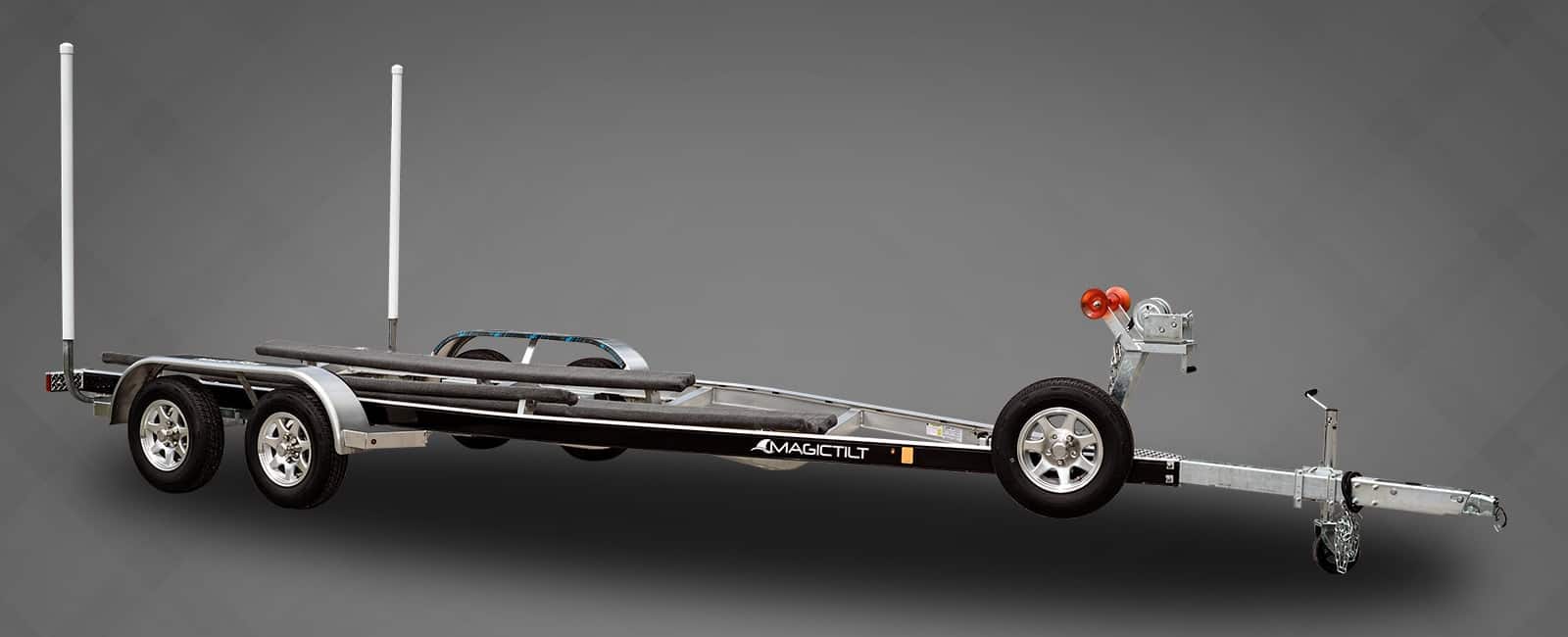
In Part 1, we looked at the broad spectrum of trailer designs and at many of the features that make boat trailering so popular. In Part 2, we’ll take a closer look at more of these features.
Swing-Away Tongue or One-Piece?
A one-piece tongue is simple, inexpensive and trouble-free, but if you need to fit your rig into a garage, the swing-away tongue can reduce the overall length up to two feet and make it possible to fit into a garage that would otherwise be too small.
A locking pin secures the tongue for towing. Tail light wire connections are typically encased in flexible guard tubing to prevent abrasion as the tongue is opened and closed.


Lighting
The design improvements in LED lighting have made what once was an endless source of headaches—incandescent tail-lights that would not function—into a non-factor.
The brilliant, completely waterproof and highly durable LED tail-lights and running lights that are now standard on most trailers almost never have issues unless they are physically damaged.
The days of having to unplug your trailer lights and allowing them to cool a bit before submerging them are long gone with LED’s. They generate almost no heat and are completely waterproof as well as brighter than conventional trailer lights.
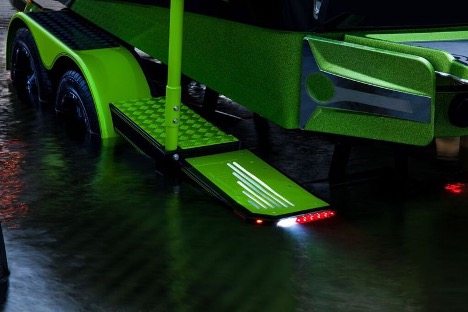
Side lights become more important as the length of the trailer grows, assuring that approaching traffic is aware of the length of your tow when you make turns. More is better. Be aware of the need for lots of lights on the frame as your boat and trailer package exceeds 25’ in length.

Tire Selection
The right tires are just as critical as the right trailer design and material in choosing a trailer that will safely haul your boat at highway speeds.
Avoid the tiny 8” tires for trailering anything but the smallest jon boats or kayaks. Because they rotate at such high speed, the tiny tires overheat and blow out frequently.
In general, get the largest tires recommended for your trailer package. They’ll give longer service and less trouble.
In general, 14” tires are ok for smaller single-axle rigs, 15” are good for all around single and double axle models and 16” or larger are a must for large heavy boats.

Note too that trailer tires are not standard automotive tires. They are typically designated with an “ST” on the wall, indicating “Special Tire”. Most are built with added plies that make them much tougher, and they’re designed for pressures that would make a conventional auto tire explode. Many are rated for 60 to 80 and even 100 psi.
And it’s very important to keep them at that maximum pressure. The higher the pressure, the cooler the tire will run and the longer it will last—check your tire pressure before every trip to be sure you’re keeping them topped off.
Trailer Brakes and Wheel Lubrication
Trailer brakes are a frequent source of trouble, particularly those that get a saltwater bath every weekend. The carbon steel parts are quickly rusted into oblivion by the brine.
There are two possible solutions.
One is to buy brakes that are mostly built of stainless steel, which can stand the exposure to the salt. These can add $1000 or more to the cost of the trailer, but are well worth it in terms of avoiding brake headaches.
Stainless disc brakes provide tremendous stopping power for extended periods, even at turnpike speeds, and the fact that the discs won’t corrode keeps them functioning for years.
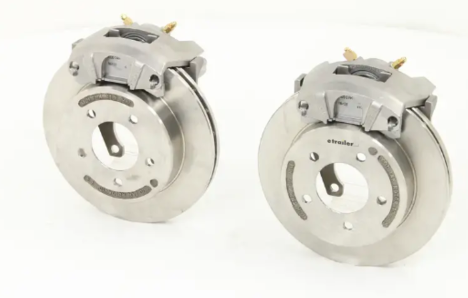
An alternative, much less costly and available as an aftermarket add-on, is to install a rinsing system so you can hook up a freshwater hose and rinse out your conventional brakes after exposure to saltwater.
These are basically just small plastic tubes with fittings that direct the water to the sensitive brake components. Used consistently after every trip, they can go a long way toward avoiding corrosion issues.
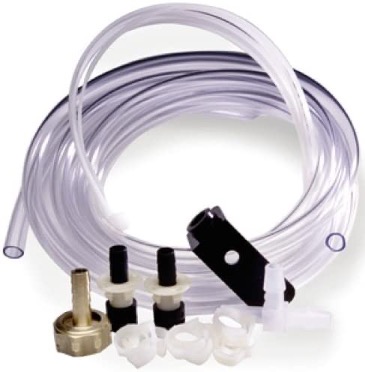
You’ll also want to be sure the trailer you choose has a quality wheel-bearing lube system. Oil-bath designs are among the favorites on high-end trailers, but those that channel grease to both the inside and the outside of the bearings through a grease fitting are also very dependable.

Pontoon Boat and Catamaran Trailers
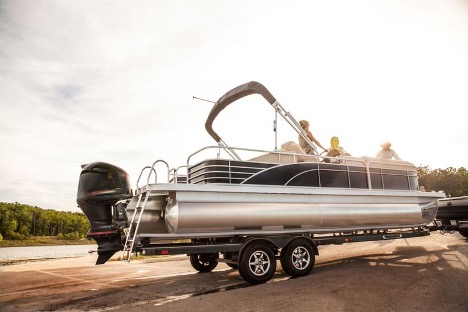
Trailers for pontoon boats and catamarans are necessarily very different in the bunks that cradle the hulls of the boats. The support bunks are elevated and horizontal so that they fit into the tunnel of the boats, with secondary bunks adjusted to support the pontoons or the twin hulls at the bottom.
Most also have a different winch stand design to fit the squared-off bow of these boats, and many include metal boarding stairs on the tongue to allow easily getting into the boat when it’s on the trailer.
Kayak Trailers

While basic paddle-powered kayaks are light enough to easily load on the roof of an SUV or into the bed of a pickup, most fully-rigged sit-on-top kayaks with pedal drive are too heavy for hoisting overhead. Trailers built to haul these kayaks are not expensive, and they make it much easier to get to those secret fishing spots.
Single ‘yak trailers are extremely light and inexpensive, while double and even quad models are available for a bit more money. All of them can be towed by even smaller vehicles.
No matter what boat design you own, you can find a trailer to fit it exactly in the diverse collection of manufactures across the U.S. In Part 3, we’ll look at some of the best-known brands.